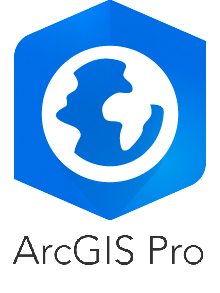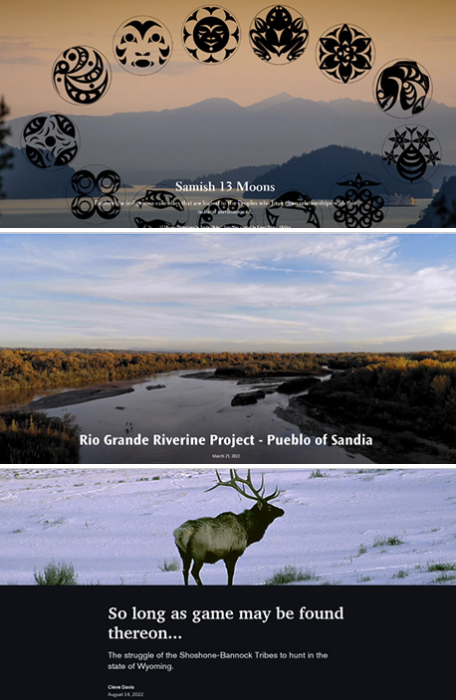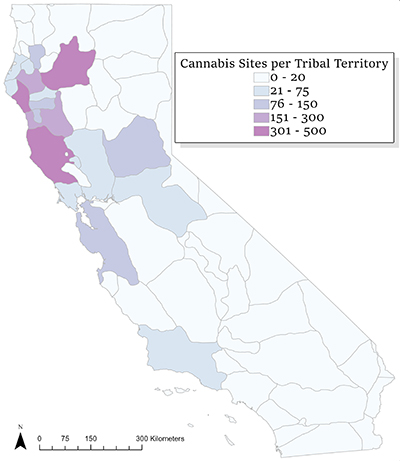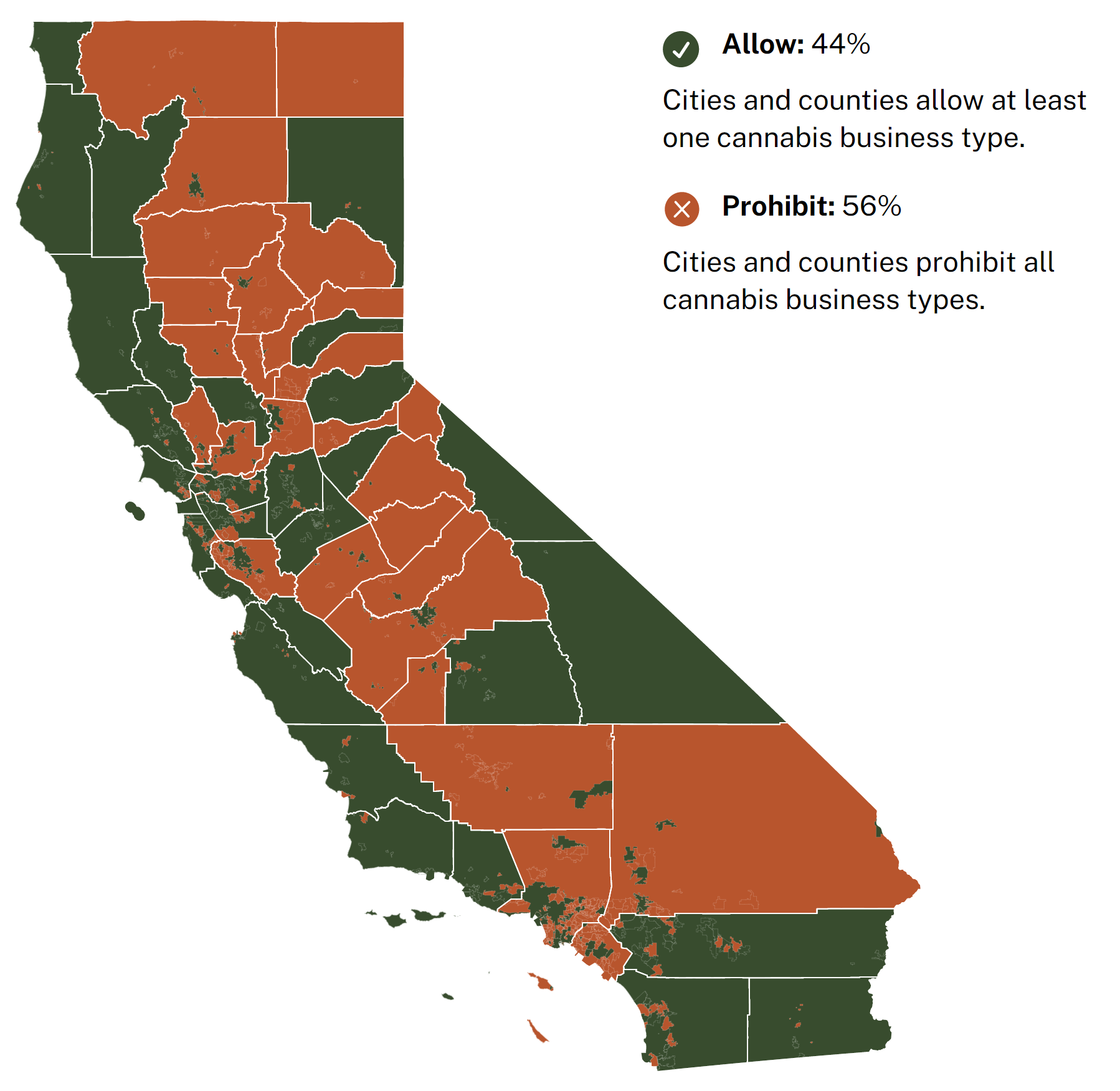This page provides California Tribes with relevant information, tools, and resources for navigating cannabis policies across the state while protecting Tribal Cultural Resources (TCRs).
These resources are the result of a two-year research project (2021-2023), funded by the California’s Department of Cannabis Control (DCC), about the impacts of cannabis permitting on Native American lands and communities.
Resource Topics
Our Research Findings
Over the course of two years (2021-2023) the Cannabis Research Center carried out a study on intergovernmental consultation between Native American Tribes and public agencies on cannabis permitting in California. Specifically, we considered resource protection under Assembly Bill 52, which requires public agencies to consult with Tribes during the California Environmental Quality Act (CEQA) process. The research team worked closely with a Tribal Advisory Committee on each project phase to assess and evaluate Tribal and Agency experiences with and perceptions of the cannabis permitting process, Tribal consultation, and impacts to Tribal Cultural Resources. Overall, we conducted two statewide surveys, one for agency representatives and one for Tribal representatives, and over 60 semi-structured interviews with Tribal Chairs, Tribal Historic Preservation Officers, cultural resource managers, state and local planners, and cannabis growers. By compiling and sharing resources, our goal is to strengthen Tribal sovereignty over cannabis permitting in California.
Products from this research include:
- A Policy Brief on Tribal priorities and sovereignty in cannabis permitting
- Guidelines for California’s Department of Cannabis Control (DCC) to consider in future funding, regulation, and programming
- GIS layer and Mapping Tools for protecting Tribal Cultural Resources from cannabis development, while ensuring the confidentiality of sensitive information
- Webinars and workshops on intergovernmental relations, AB 52 and other topics
- Publications about our study findings, which support the need for increased Tribal sovereignty in land use decisions, robust Tribal consultation policies, and Native community involvement in Extension activities.
Below are a collection of resources to help Tribal representatives navigate cannabis policy and protect Tribal Cultural Resources:
Policy & Land Use Ordinances
for Cannabis Cultivation
Many of the Tribal representatives we interviewed expressed concern around the changing policies associated with legal recreational cannabis in California.
The following section provides the text of the California laws governing cannabis, as well as links to determine specific cannabis land use ordinances by county.
The DCC Mapping Tool also provides jurisdictionally specific information on cannabis businesses. Contact information for California Tribal Liaisons can also be found here.
State Policy | Adult Use of Marijuana Act (2016)
In 2015, Governor Jerry Brown signed into Law the Medical Cannabis Regulation and Safety Act (MCRSA) which provided a legal framework for medical cannabis. The Adult Use of Marijuana Act, enacted in 2016, allows for the cultivation of cannabis in California.
State Policy | Medicinal & Adult-Use Cannabis Regulation & Safety Act
In 2017, the state passed the Medicinal and Adult-Use Cannabis Regulation and Safety Act (MAUCRSA). It merged the state’s medical-only regulations passed by the legislature (MCRSA) with the adult-use rules approved by the voters under Proposition 64 (AUMA).
County Policy | Local land use controls cannabis cultivation rules
Each County sets its own rules for land use pertaining to cannabis agriculture. Cannabis Land Use Ordinances for each of California’s 58 counties can be found at the California State Association of Counties with the keyword search “Cannabis Ordinance”.
Statewide Map | DCC Cannabis Policy Mapping Tool
California’s Department of Cannabis Control (DCC) hosts their DCC Mapping Tool that can help identify cannabis policies in different regions of California based on county or city.
Communications | State Tribal liaisons
Many state agencies have a Tribal Liaison, including the California Department of Fish and Wildlife and the Department of Cannabis Control. Download the latest Tribal Liaison Contact Information from the Governor’s Office of Tribal Affairs.
Related Publication
Tribal sovereignty in land use decision making: Evaluating cultural resource law in California
2025
Sorgen, J., Nelson, P., LaRosa, S., Butsic, V., Gaughen, S., Starkey, A.M., McCavour, M., Geary, R., Sowerwine, J.
Environment and Planning E: Nature and Space
Our study underscored the need to support Tribal sovereignty in land use decision making by strengthening and enforcing protections for Tribal Cultural Resources. Through qualitative analysis of California AB 52, we found that local level consultation holds out promise for strengthening cultural resource protections, even as laws are inconsistently applied across different jurisdictions.
Related Publication
Cannabis Impacts on Native Lands: On the Need for Inclusion of Native Perspectives in Extension Work
2025
Sorgen, J., LaRosa, S., Sowerwine, J., Butsic, V., Nelson, P., McCavour, M., Gaughen, S., Starkey, A.M.
Journal of Extension
Our researchers and Tribal Advisory Committee found widespread concern among Native communities about environmental impacts of cannabis cultivation. These concerns underscore the need to include Native communities in Extension activities across all regions and sectors.
Access to Digital Mapping &
Geographic Information System (GIS)
Our research revealed vast differences in geographic information system (GIS) capacity among Tribes.
The following links are meant to provide tribes access to resources especially related to GIS and mapping.
Our spatial analysis of permitted cannabis cultivation sites in California also revealed uneven distribution of cultivation sites across aboriginal and ancestral Tribal lands.
Cannabis Mapping Tool
The UC Berkeley Cannabis Site Mapping Tool, created by our team, provides Tribes a means to spatially assess the extent of cannabis agriculture on their ancestral or aboriginal territory. It can be used to determine possible threats to TCRs and sensitive sites.
ArcGIS Pro Software | Branch of Geospatial Support
The Branch of Geospatial Support (BOGS), offers free Geospatial Training to federally recognized Tribal employees.
BOGS will provide geospatial software and support to authorized: Bureau of Indian Affairs employees, federally recognized Tribal employees, and contracted or compacted Tribal employees under Public Law 93-638.
To access the latest version of ArcGIS Pro, visit the BOGS website and scroll down to “Obtain Geospatial Software”.
BOGS also offers free Geospatial Training to federally recognized Tribal employees.
ESRI ArcGIS Resources for Tribes
Esri, the company that makes ArcGIS products, also offers Software and Technical Assistance to Tribes. In addition, Esri hosts a Tribal Story Map contest each year. Be sure to check out the winners gallery.
Online Tutorials
YouTube tutorials can be a useful resource for learning the basics of ArcGIS Pro.
Non-Profit Organizations
The National Tribal Geographic Information Support Center (NTGISC) website, TribalGIS, offers a Learning GIS Webinar Series designed for Tribal governments.
Mapping Indigenous Lands, a text resource produced by the Center for the Support of Native Lands at the Environmental Law Institute demonstrates successful indigenous mapping projects whose “primary objective … is to claim and defend ancestral lands and natural resources.”
Native Land Digital is a not-for-profit organization that strives to create and foster conversations about the history of colonialism, Indigenous ways of knowing, and settler-Indigenous relations. Their mapping platform has been expanding over the past several years and is freely available to use and download.


2023 Esri Tribal Story Map Challenge winners
Tribal Consultation | Links & Resources
A key finding from our research is the importance of Tribal Consultation.
Many Tribal representatives reported that Tribal Consultation was lacking or entirely absent from cannabis projects in their jurisdictions.
The following links are related to Tribal Consultation, including information on laws, statutes, and policies relating to tribal consultation and environmental governance.
U.S. Department of Interior | Bureau of Indian Affairs
At the federal level, the Bureau of Indian Affairs states that “a Tribal consultation is a formal, two-way, government-to-government dialogue between official representatives of Tribes and Federal agencies to discuss Federal proposals before the Federal agency makes decisions on those proposals.”
California State Laws
At the statewide level, California has two laws aimed at ensuring effective Tribal consultation.
• Senate Bill 18, passed in 2004
Senate Bill 18 (full text) requires a city or county to conduct consultations with any California Native American Tribe that requests consultation.
A useful resource for interpreting SB 18 is the California Tribal Consultation Guidelines from the Governor’s Office of Planning and Research and hosted by the Native American Heritage Commission (NAHC).
• Assembly Bill 52, passed in 2013
Assembly Bill 52 (full text) requires public agencies to consult with tribes during the California Environmental Quality Act (CEQA) process.
The NAHC offers an AB 52 Best Practices Guide for Tribes.
The Governors Office of Planning and Research also offers AB 52: A CEQA Guidelines Update for Tribal Cultural Resources.
Tribal Assistance Programs & Agencies
The Natural Resources Conservation Service (NRCS) offers a Tribal Assistance Program and a Tribal Consultation Guide for its employees.
The California Environmental Protection Agency (EPA) has several links for assisting Tribes including the CalEPA Tribal Consultation Protocol.
The California Water Boards are committed to improving communications and working relationships with California Native American Tribes. In June 2019, the California Water Boards finalized its Tribal Consultation Policy.
The California Native American Heritage Commission (NAHC) identifies, catalogs, and protects Native American cultural resources — along with many other powers and duties. The NAHC offers a Tribal Cultural Resource Law Training as well as many other resources and services for California Tribes.
The Environmental Law Institute hosts a Tribal Consultation Hub, which includes a database and lists of Resources Mainly For Tribes.
Tribal Consultation Policies — By Tribes
Karuk Tribe Consultation Policy.
Rincon Band of Luiseño Indians Tribal Consultation Ordinance.
United Auburn Indian Community of Auburn Rancheria AB 52 Consultation Policy.
United Auburn Indian Community Section 106 Consultation Policy.
National Indian Justice Center Tribal Consultation Toolkit, including a Consultation Policy Template for Tribes.
Tribal Consultation Policies — By Agencies
Natural Resources Conservation Service (NRCS) Tribal Consultation Guide.
The California Environmental Protection Agency (EPA) Tribal Consultation Policy and Protocol.
The California Water Boards Tribal Consultation Policy.
The California Natural Resources Agency (CNRA) Tribal Consultation Policy and Best Practices (2025 version in draft).
The Association of Bay Area Governments (ABAG) Tribal Consultation Toolkit.

The California Native American Heritage Commission (NAHC) was created in 1976 to identify, catalog and protect Native American cultural resources.
Related Publication
Unchecking the box: Overcoming barriers to meaningful consultation
2025
Sorgen, J., Nelson, P., Butsic, V., LaRosa, S., Gaughen, S., Crosby, E., Geary, R., Sowerwine, J.
Environmental Science & Policy
This article analyzes five key barriers to meaningful consultation through analysis of intergovernmental consultation on cultural resources and cannabis permitting on Tribal ancestral lands in California. We argue that cultural resource laws in general suffer from asymmetrical power relations, and show that meaningful consultation requires policies that support equitable Tribal-agency relations.



